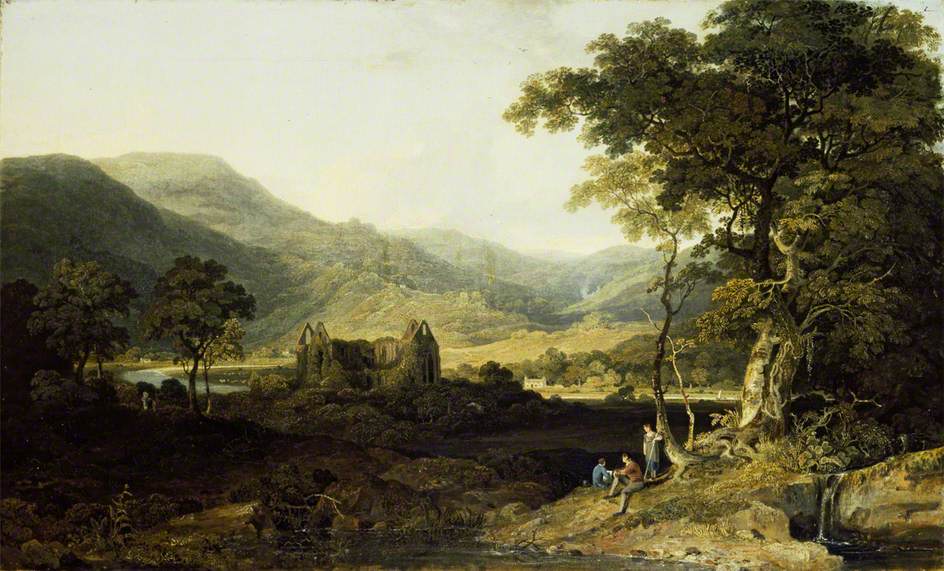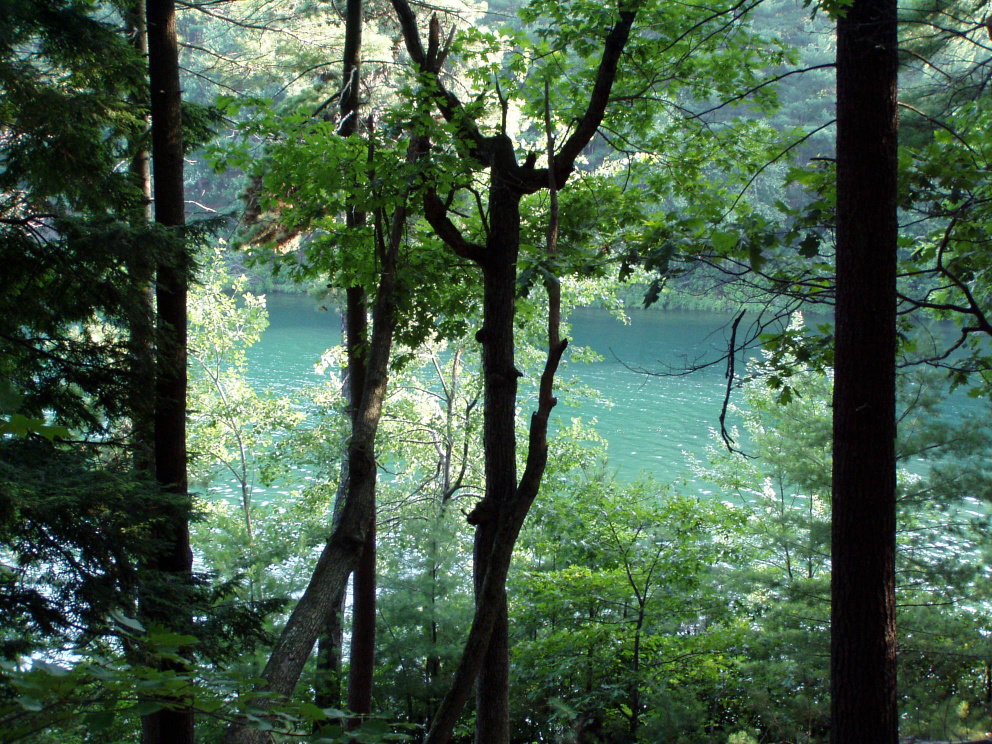Home » Posts tagged 'walking'
Tag Archives: walking
The Oregon Trail
Francis Parkman
1848
(Horses, rifles, and knives see a party of adventurers through the land of expansive plains, craggy mountains, buffalo, and the Sioux.)

“Shaw! Buddy!” Imagine a young, spontaneous Yankee calling out to his friend, both of them just out of college. He proposes that they leave the effeminate comforts of the East, and spend a summer adventuring westward into the untamed lands where life is dangerous and fascinating. Francis Parkman explains (ch.II):
“The restlessness, the love of wilds and hatred of cities, natural perhaps in early years to every unperverted son of Adam, was not our only motive for undertaking the present journey. My companion hoped to shake off the effects of a disorder that had impaired a constitution originally hardy and robust; and I was anxious to pursue some inquiries relative to the character and usages of remote Indian nations, being already familiar with many of the border tribes.”
So they did it. In 1846. Francis was 23. And the recollections of that journey, The Oregon Trail: Sketches of Prairie and Rocky-Mountain Life, remain with us as one of the best treatments of the early West that we will ever have. Parkman’s prose has the feel of a chronicle—it is obviously nonfiction, a travelogue. But it is not a ponderous journal of trivia and redundancy through which we must wade for hours to find the few interesting episodes; nor is each sunset a springboard for a forced flight of sentimental fancy in poor imitation of Byron’s Childe Harold or other Old World sketches. Rather, it is an engaging selection of vignettes, personalities, and anecdotes that admit us to the ranks of the “ragamuffin cavalcade” that was Parkman’s expedition. Parkman’s writing is like Parkman himself—the stereotypical American at his best, one might say: direct yet perceptive, practical yet romantic, hearty yet insightful.
Lyrical Ballads, and other early poems
William Wordsworth
1785-1799
(A poetic sage takes lessons on goodness and beauty from nature.)

A man of wisdom, a poet of nature, is Wordsworth. These are the goals to which he aspires, goals that are discernable in his work from a very early age. He wrote many of his greatest poems in the years covered here, before he reached 30. Wisdom, or more specifically a yearning for and contemplation of goodness and beauty, suffuses his poetry. Thus he is keen to deliver moral advice, and almost seems to teach or prophesy rather than reflect. But it is the deepest and most profitable kind of reflection, I can almost hear him replying, whose results teach the reflector something. And since he insists in the Preface to his Lyrical Ballads that he writes each poem with a purpose, and with the intent of delivering objective truths rather than ideas that one may take or leave as a matter of preference, we must prepare for a slight didactic or pedagogical flavor now and then. For Wordsworth, though firmly against elitism in poetry, is aware of his own wisdom, and is driven to share it with others. The topics range from attitudes towards people (as in “Matthew”), to attitudes towards nature (as in “Lines Written in Early Spring”), to a straightforward exhortation to be good (as in “Goody Blake and Harry Gill”). He imparts his values on social matters as well, regarding for instance the evil of slavery (at the end of “Descriptive Sketches”), the necessity of legislated charity (at the beginning of “The Old Cumberland Beggar”), and thoughts on education (e.g. “Expostulation and Reply”).
Walden
Henry David Thoreau
1854
(A philosopher and naturalist returns from the woods to deliver a message: Wake Up! Think! Live Meaningfully!)

The account of Thoreau’s temporary retreat from civilization and the philosophy he developed and tested during that time, is perhaps the greatest single work in American literature. I say this not so much because he was right, not because he got the nature of the cosmos straighter than this or that thinker. Rather, this work is great—I say perhaps the greatest our country has produced—primarily because in it we see a man who is awake. It is not what he gets right that is earthshattering here, but rather the fact that he sees that there is a right to be gotten, so to speak, and that he bursts the strictures of convention to strive for it, and that he so eloquently exhorts us to do the same. Thoreau here is a crusader for examining our lives, for living well, for life itself! In a world of so many petty tensions, so many lures into complexity and distraction which decompose any central vision or purpose in our lives, Thoreau opens his eyes, looks about him, and realizes the great harm we are slipping into unaware. He sees the “quiet desperation” of people about him, and the empty catalog of assumptions and dry truths they (we!) harbor in place of a real, living, mission statement. He, as if by a sudden revelation, is horrified at the masses of humans like lemmings who are content to follow the path over the cliff into the sea of meaningless existence simply because the way is worn clean and so is the easiest to tread.



Passages from the American Notebooks
May 24, 2014 / Leave a comment
Nathaniel Hawthorne
1835-1853
(The exercise of a young author’s pen creates images of the New England landscape and its people.)
Mrs. Sophia Hawthorne, after the death of her husband in 1864, respected his wish that no biography be written of him. However, in lieu of this, she released to an eager public three successive volleys of Passages from his journals. Those written in America were published first, and are perhaps the most interesting in that they focus on his home state of Massachusetts and the early years of his literary career (his thirties).
(more…)